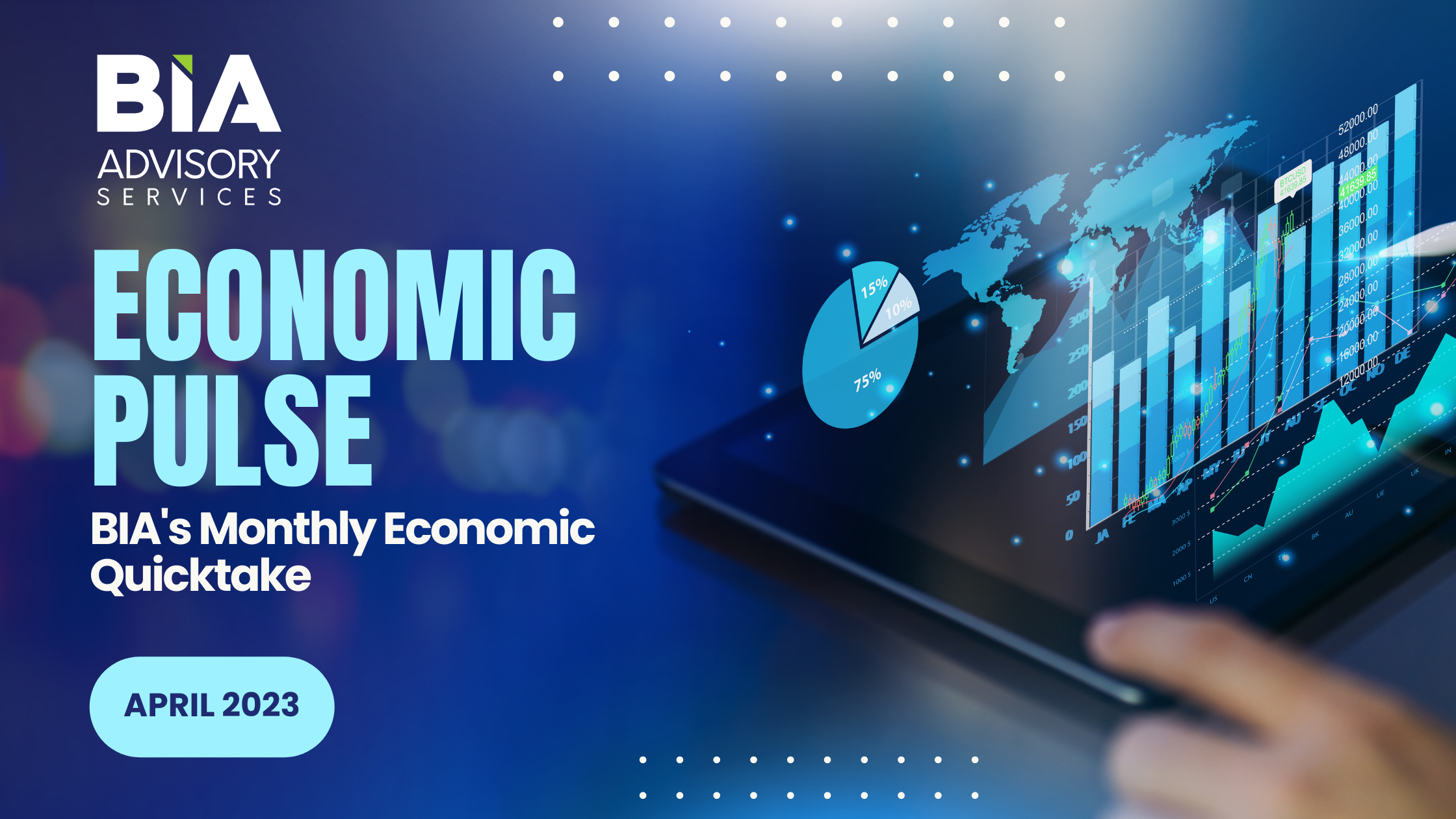Are you feeling confused? Do you keep hearing about how things are improving in the economy and yet you find yourself feeling more and more unsure about your personal situation? You are not alone.

While over a third (35 percent) of Americans say they are better off financially than a year ago, half (50 percent) say they are worse off. Only twice since 1976 have more than 50% of people felt worse off now compared to a year ago (in 2008 and 2009). And still we keep hearing that rising interest rates, while increasing the cost of loans and consumer prices, are combatting inflation and that unemployment is lower than it was pre-pandemic. The stock market also has its usual ups and downs with expectations for softening earnings reports for second quarter on the way along with a mix of positive and negative “surprises” in guidance provided by S&P 500 firms.
So, by most measures, consumers are doing just fine. Then why doesn’t it feel that way? Fear and uncertainty.
I believe that as long as The Fed keeps talking about increasing interest rates, people are going to be skittish about the future. The narrative that the US economy is too hot and that “things are too good” seems to have taken root in the collective minds of consumers this year. People are waiting for the other shoe to drop. The sense that “things are going to get worse from here” is on the minds of many and, in fact, that could very well become a self-fulfilling prophecy. We are already seeing rounds of layoffs and softening earnings reports.
But, from an Advertising perspective, this is a huge opportunity.
At its core, the purpose of Advertising is to inform potential consumers and convince them to buy a product or service. As we just discussed, people are growing more hesitant about parting with their money for some bigger ticket items.
Therefore, not only do Advertisers need to convince consumers that their product is the one to buy, but they must also convince consumers that NOW is the time to buy. Thankfully studies show there is a measurable sensitivity to increases in marketing activities. Think about promoting large ticket items as rewards for the consumer such as: “Treat Yourself,” “You Deserve it” and “You’ve Earned It”. Help consumers let go of the guilt associated with splurging.

It’s also interesting to see what people are willing to splurge on. Electronics and Fashion are top categories for younger people while Health & Wellness and Travel are big splurge categories for older consumers. [For those of you that are loyal readers of this blog – HI MOM! – I really enjoyed last week’s Ted Lasso which felt like a preview of my summer vacation in Amsterdam.]
Lastly, let’s talk about financing and Advertising. In the auto sector, we are seeing Tier 3 Dealership ads starting to pick up, especially related to financing deals with more cars on the lot to sell these days.
With interest rates rising, auto dealers are trying to drum up demand by offering better deals than the banks. We are also starting to see other verticals get into this game with “Buy Now, Pay Later” (BNPL) taking off. BNPL is a way to help consumers make large purchases and it can mean more profit for companies. More and more, BNPL is becoming a standard option that consumers have come to expect when making larger purchases.

Additionally, recent technological innovations have made it much more approachable for even relatively smaller companies to implement BNPL options for consumers but, of course, with this comes added risk as you are essentially giving a loan to the customer which may not get paid back. All of this is well and good – more options for consumers and potentially more profits for companies – but BNPL is only a benefit if consumers know about it and that requires Advertising.
So, yes, these are confusing times for consumers. But, as Marketing Professionals, this is the time to shine. We must realize that, in this moment, it’s not just about getting the consumer to want the product. In today’s world we must also focus on comforting consumers, giving them permission to part with their money and buy what they want even in uncertain times. In doing so, we can help consumers feel a little better and a little less confused.
Personally, when I get to Amsterdam this Summer, I’m looking forward to feeling as much joy as Roy Kent did when he saw his first windmill. (And if you’re not already a Ted Lasso fan, please go watch that show as it will bring you endless joy and comfort guaranteed!)

